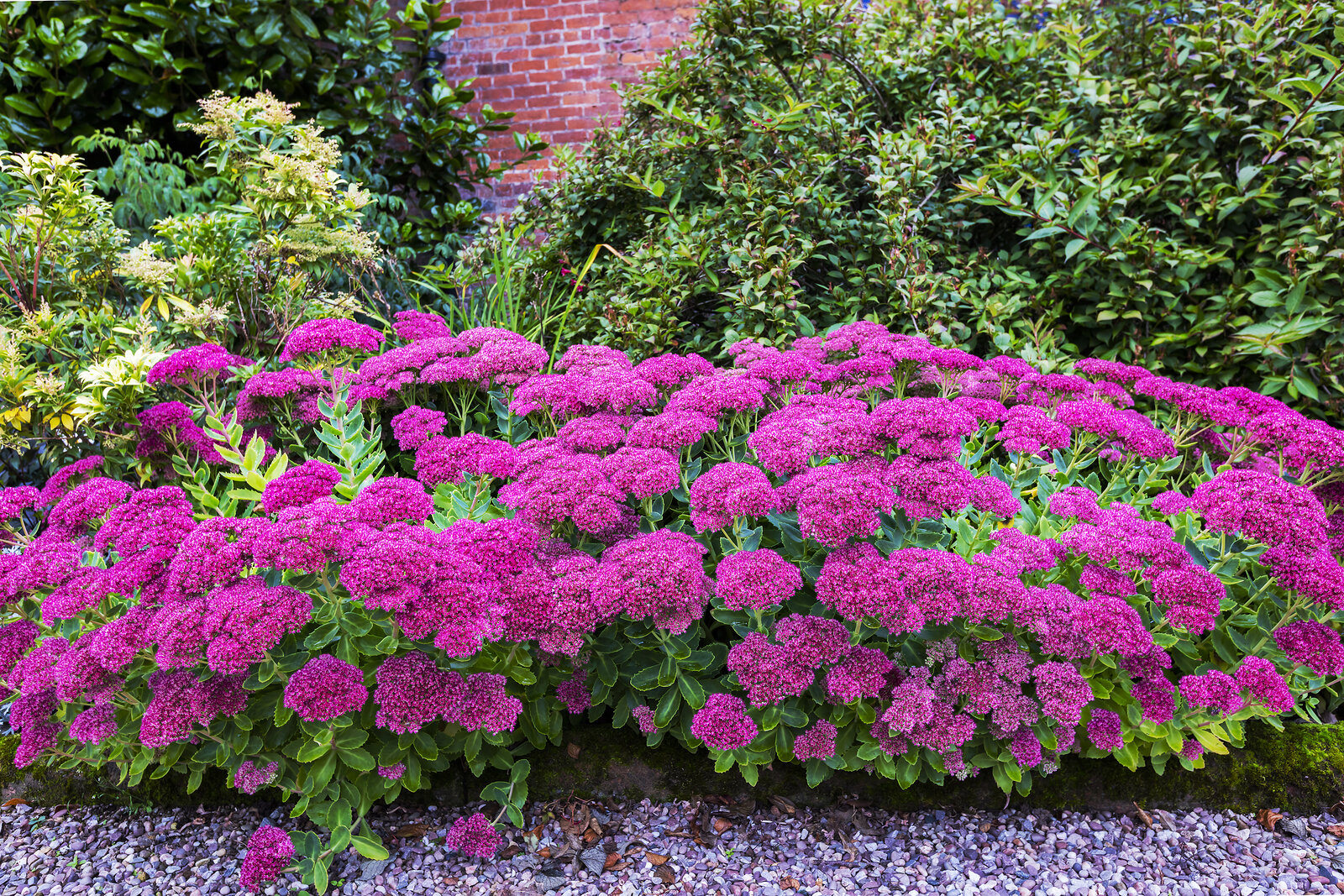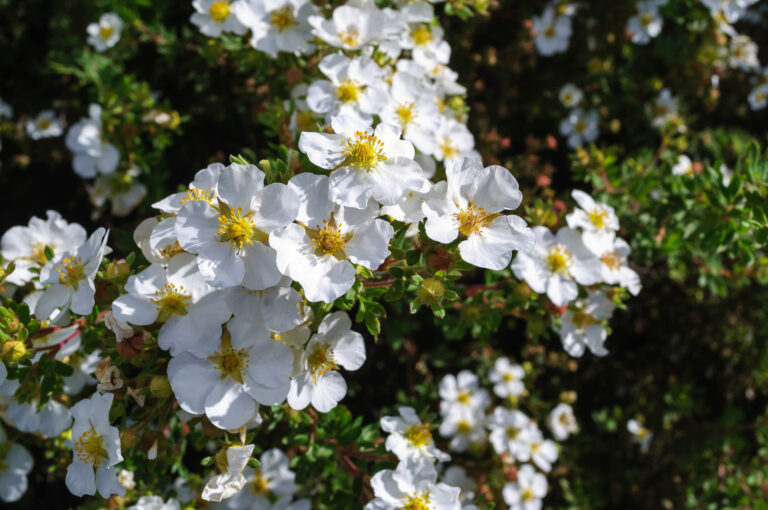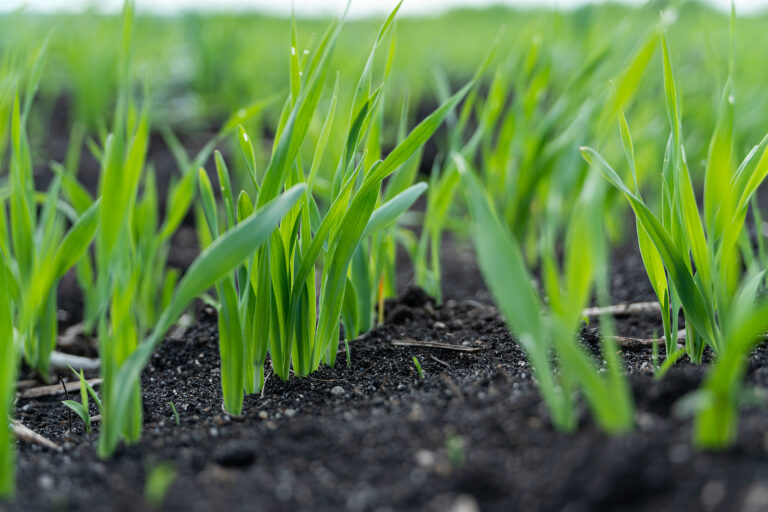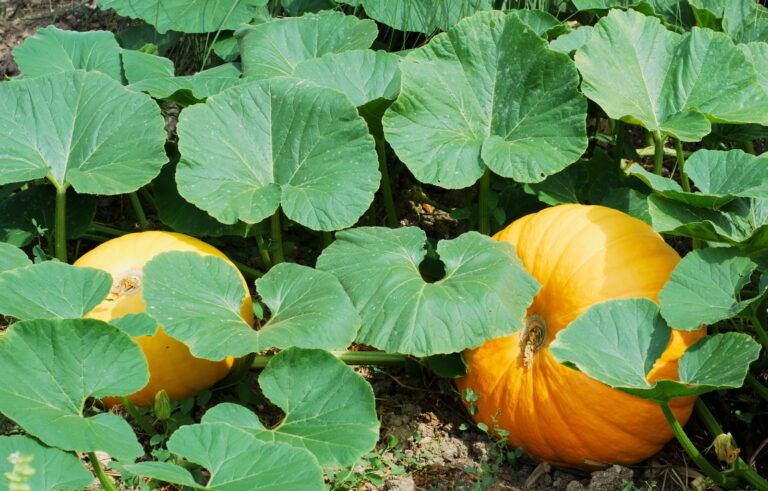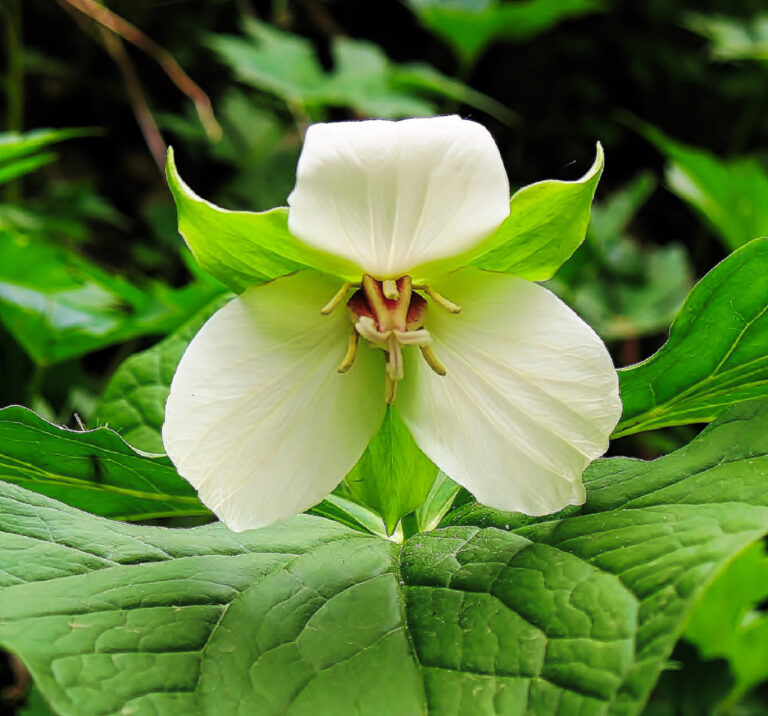Understanding Your Garden
Understanding your garden is key to successful gardening. Your garden has a “personality” all its own. As you get to know your garden, you will find it more and more interesting. You will get to know its wants and needs and how to make it happy. When the garden is happy, the gardener is happy.
Here are a few things you need to know about your garden; answer these questions to understand your garden:
- How much rain does your garden get each year and when—what months?
- What is the average temperature in your garden? What is the annual high and the annual low temperature?
- When does the wind blow in your garden and from what direction?
- What is each season like in your garden? What is spring-like? What is summer like? What is fall-like? What is winter like? Are your winters long or short? Is summer long or short?
You can answer these questions by observation. Make a garden calendar and jot down notes each day and each week as the year goes by. But you can also answer these questions by visiting a nearby garden center or browsing the Web.
If you know the answers to the questions above, you will be long on the way to growing a beautiful and healthy garden.
More ways to understand your garden
Get a rain gauge
Keep track of rainfall. Most plants need about 1 inch (2.5cm) of water a week. A rain gauge will tell you how much water Nature is delivering, and if it’s not enough, you can supplement it with irrigation; 1 inch of rainfall equals about a half-gallon per square foot.

Read the weather page
Check the newspaper or browse on the Web for regional weather information specific to where you live. Look at rainfall information by the day, week, and month. Look at temperature highs and lows days, week, and month. Knowing the average low temperature for your area will help determine which plants can grow where you live and if they can survive the winter. USDA maps and charts are specific to regions of the country; become familiar with your USDA Zone.
Compare where you live to other world climates
Where you live is similar to other places in the world. The climate where you live is similar to climates in other parts of the world. Southern California is very similar to the Mediterranean; it’s also very similar to South Africa and parts of Australia. Parts of the Midwest and very similar to northern regions of Europe and Russia. The botanical name of plants may be a giveaway—for example if the botanical name contains the word japonica or siberica you can pretty much be sure what its climatic requirements are.
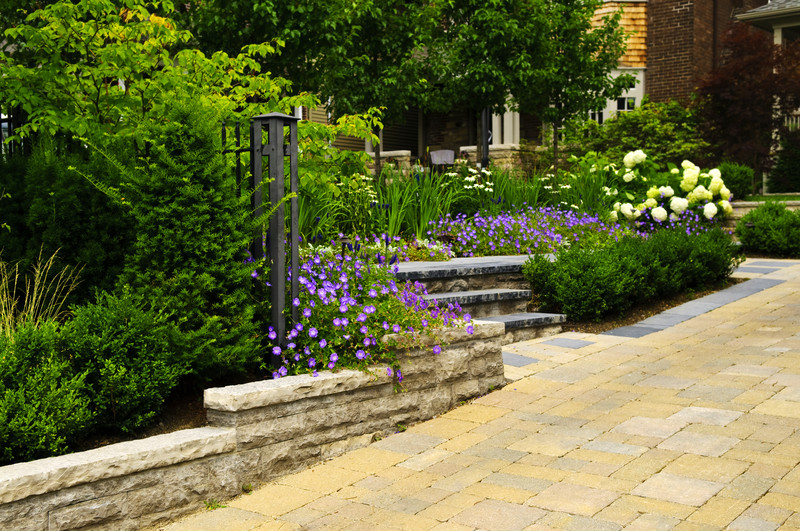
Look around the neighborhood
Want to know what will grow well in your garden? Take a walk or bicycle ride around your neighborhood or town. What grows well near you will grow well in your garden. If you can’t identify a plant, take a photo and show it to the associates at your garden center or visit a nearby Master Gardener or the plant expert at the nearby Cooperative Extension Service; they will identify the plant for you.
Get to know your microclimate
Draw a rough map of your garden then note or color in the following: the areas that are sunny all day, the areas that are shady all days, the areas get both sun and shade, and when. On your map note north and south. Note where the soil is always dry; where the soil is always moist or wet. Note where weeds readily grow and spots where nothing seems to grow. All of these factors will tell you something about your garden’s microclimate. Update this microclimate map each month and soon you will have a very clear understanding of the seasons in your garden.
Learn about the natives
Plants that are native to your region of the world will thrive in your garden. Visit a garden center or a nearby botanical garden or browse online for a list of native plants. Compare the growing requirements for these natives. That will go along way towards your garden knowledge.

